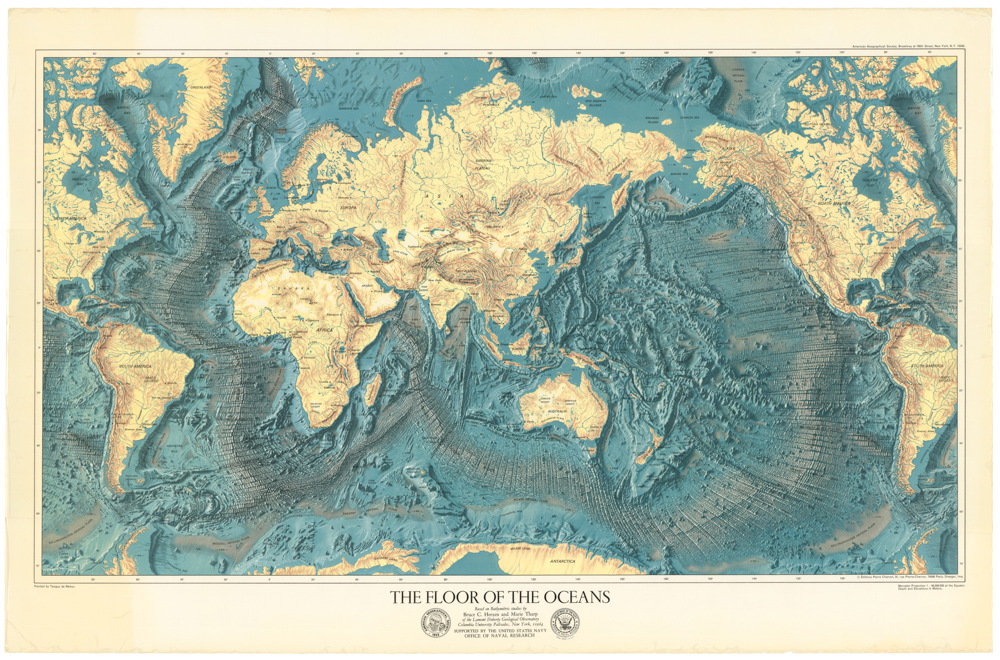Merian’s 1646 world map with Gothic script and polar insets.
Nova Totius Terrarum Orbis Geographica ac Hydrographica Tabula
Out of stock
Description
This beautifully engraved world map is presented on Mercator’s projection with cartography closely copied from Blaeu’s world map of 1606. The Latin title is printed at top, outside the neatline. A German gothic script title and notation concerning the discovery of the Americas in 1492 covers the unknown interior of North America.
California is a peninsula, and plenty of open ended waterways in the eastern part of North America leave open the question of a Northwest Passage. Two polar projections in lower corners partially obscure the great southern landmass that is connected with New Guinea. The map is finely decorated with sea monsters, galleons and compass roses.
This is the second state without Merian’s signature in the plate; published in Neuwe Archontologia Cosmica.
Cartographer(s):
Matthäus Merian (September 1593 – 19 June 1650) was a Swiss-born engraver who worked in Frankfurt for most of his career, where he also ran a publishing house. He was a member of the patrician Basel Merian family.
Early in his life, he had created detailed town plans in his own unique style, for example plans of both Basel and Paris (1615). With Martin Zeiler (1589 – 1661), a German geographer, and later (circa 1640) with his own son, Matthäus Merian produced a collection of topographic maps. The 21-volume set was collectively known as the Topographia Germaniae and included numerous town-plans and views, as well as maps of most countries and a world map. The work was so popular that it was re-issued in many editions. He also took over and completed the later parts and editions of the Grand Voyages and Petits Voyages, originally started by Theodor de Bry in 1590. Merian’s work inspired the Swedish royal cartographer, Erik Dahlberg, to produce his Suecia Antiqua et Hodierna, which became a cornerstone in European mapping.
After his death, his sons Matthäus Jr. and Caspar took over the publishing house. They continued publishing the Topographia Germaniae and the Theatrum Europaeum under the name ‘Merian Erben’ (i.e. Heirs of Merian). Today, the German travel magazine Merian is named after him.
Condition Description
A nice impression with attractive color and a printer's crease adjacent to centerfold at bottom that has been pressed flat. There is a small hole in the bottom blank margin that has been professionally repaired.
References
Shirley p. 345.





